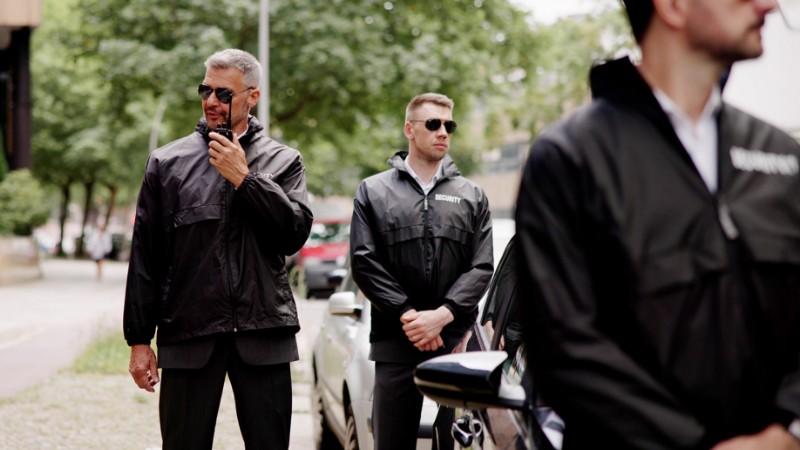Most executives are experts at cutting costs, removing unnecessary expenses, renegotiating contracts, and trimming down budgets. But when it comes to security, many executives make the costly mistake of thinking they can get by with less. After all, why spend more on protection when security cameras, metal detectors, or an alarm system can help, right?
The problem is, technology can only do so much. A security camera can’t deescalate a potentially dangerous situation or apprehend an attacker. When executives take shortcuts with their protection, they’re putting themselves and other people at risk. Whether it’s theft, assault, or worse, the risks of skimping on executive protection are a gamble that’s rarely worth taking.
How does inadequate security cost executives more money?
Let’s dive into why cutting back on security can be far more expensive than investing in protection.
Financial loss from theft and vandalism
Cutting corners on security can result in unwanted expenses, as the costs of replacing stolen or damaged property can mount up quickly. Worse, inadequate security can result in an executive needing time away from work to recuperate from injury or trauma, which may affect their business adversely. Businesses may also have to pay extra for repair bills, insurance claims, and the potential loss of valuable intellectual property. In some cases, theft of sensitive business data or assets can lead to long-term financial consequences, including lost opportunities and legal fees.
Higher risk of kidnapping or assault
Executives and public figures who lack proper protection are more likely to be targeted for severe threats, such as kidnapping or physical assault. Their visibility and high-profile status make them attractive targets for criminal groups or individuals seeking leverage. Without adequate security spending, these risks become harder to identify and prevent, leaving the executive exposed to potential harm.
Heightened safety risks for everyone
Inadequate security measures don’t just put an executive’s lives at risk. They also affect the people around them. At public events, large crowds of people are often in close proximity to high-profile figures. In these settings, security doesn’t just focus on keeping the executive safe, but also on ensuring the safety of those attending the event.
Increased liability costs and insurance premiums
An incident that harms or threatens an executive has financial impacts that extend beyond the immediate damage. Businesses often face increased liability costs due to lawsuits or other legal proceedings following such events. If an executive is injured due to a lack of security, or if their presence at an event leads to injury or harm to others, the company could be held liable for these damages.
Furthermore, insurance providers recognize the increased risk associated with high-profile figures who don’t have the necessary protection, and they may adjust premium rates accordingly, making the cost of inadequate security even higher over time.
Major disruptions during investigations
In the event of an assault, theft, or any other incident, the fallout can extend far beyond the immediate threat. Investigations, legal proceedings, and public inquiries can take weeks or even months to resolve, all while causing significant disruption to the executive’s professional and personal life.
These delays can prevent the executive from attending important meetings, taking client calls, or going on business trips, resulting in lost opportunities and delayed projects. Moreover, the business may be forced to divert resources to manage the crisis, including hiring legal teams, initiating PR campaigns, and coordinating internal communications.
What often gets overlooked is the hidden cost of these disruptions: damaged relationships with clients, investors, and stakeholders who might question the company’s ability to protect its key figures. In these situations, time is money, and the longer the disruption lasts, the more costly it becomes.
Does investing in executive protection save money in the long run?
When weighing the costs of executive protection, it’s essential to recognize the value they provide in the long run.
Investing in professional surveillance systems and trained close protection specialists significantly enhance an executive’s overall security. Surveillance systems offer constant monitoring and early threat detection, providing an added layer of awareness. Meanwhile, trained close protection have the ability to spot potentially dangerous individuals in a crowd, defuse tense situations, and neutralize any threat before violence escalates. Together, these security measures deter criminal activity and enable swift intervention in the event of an emergency.
